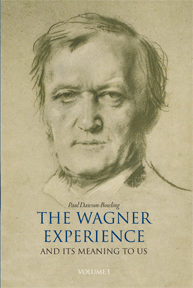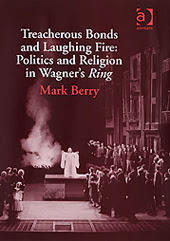Yes, it's that time of year again, and as I hate wasting paper (all those poor trees) you, regular readers (
) , get a digital Christmas card . From 1937, with Eugene Ormandy, conducting the Philadelphia Orchestra, the legend that is Kirsten Flagstad, sings Beethoven's lesser heard "Ah, Perfido" in a wonderfully clear recording. Yours to download free (courtesy of Archive.org, as it's in the public domain. Well, you know how mean I am ).
BEETHOVEN: Ah, Perfido!, Op. 65
Kirsten Flagstad, soprano
Philadelphia Orchestra
Eugene Ormandy, conductor
Victor 78rpm Album M-439 (14844, 1879)
Recorded October 17, 1937
Digital transfer by F. Reeder
BEETHOVEN: Ah, Perfido!, Op. 65
Ah! perfido, spergiuro,
Barbaro traditor, tu parti?
E son questi gl'ultimi tuoi congedi?
Ove s'intese tirannia più crudel?
Va, scellerato! va, pur fuggi da me,
L'ira de' numi non fuggirai.
Se v'è giustizia in ciel, se v'è pietà,
Congiureranno a gara tutti a punirti!
Ombra seguace, presente, ovunque vai,
Vedrò le mie vendette,
Io già le godo immaginando.
I fulmini ti veggo già balenar d'intorno.
Ah no! Fermate, vindici Dei!
Risparmiate quel cor, ferite il mio!
S'ei non è più qual era, son io qual fui,
Per lui vivea, voglio morir per lui!
Per pietà, non dirmi addio!
Di te priva che farò?
Tu lo sai, bell'idol mio!
Io d'affanno morirò.
Ah crudel! Tu vuoi ch'io mora!
Tu non hai pietà di me?
Perchè rendi a chi t'adora
Così barbara mercè?
Dite voi se in tanto affanno
Non son degna di pietà?
======================
Ah! You treacherous, faithless,
barbaric traitor, you leave?
And is this your last farewell?
Where did one hear of a crueller tyranny?
Go, despicable man! Go, flee from me!
You won't flee from the wrath of the gods.
If there is justice in heaven, if there is pity,
all will join forces in a contest to punish you.
I follow your trail! I am wherever you go,
I will live to see my revenge,
I already take my delight in it in my imagination.
I already see you surrounded by flashes of lightning.
Alas! Pause, avenging gods!
Spare that heart, wound mine!
If he is not what he was, I am still what I was.
For him I lived, for him I want to die!
Have mercy, don't bid me farewell,
what shall I do without you?
You know it, my beloved idol!
I will die of grief.
Ah, cruel man! You want me to die!
Don't you have pity on me?
Why do you reward the one who adores you
in such a barbaric way?
Tell me, if in such a grief
I do not deserve pity?
Translation © Bertram Kottmann
(Please see here for more of Mr Kottmann's wonderful translations)





















.jpg)





























